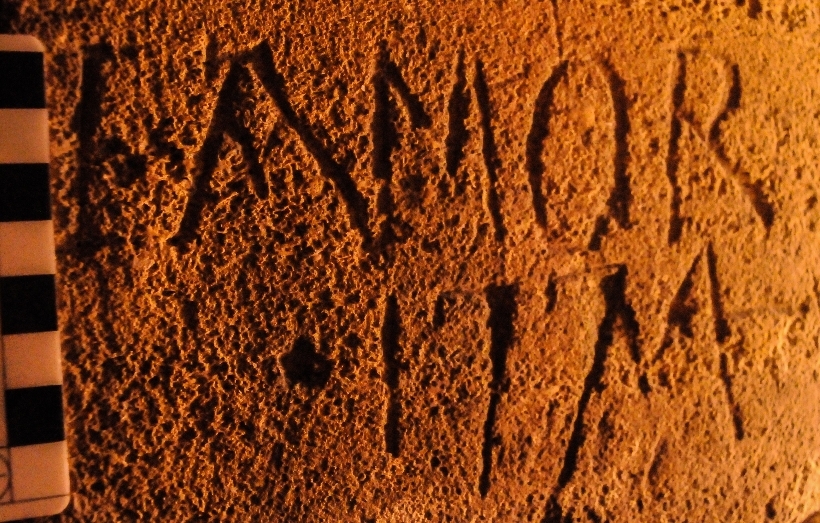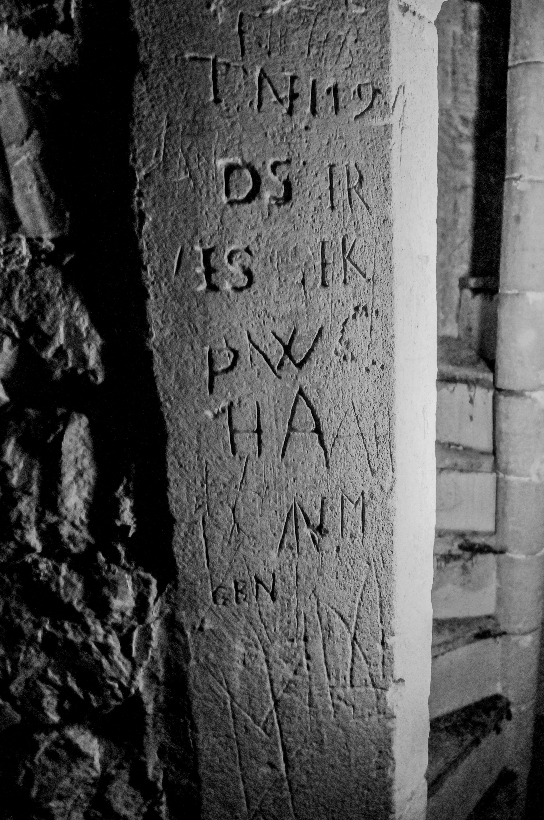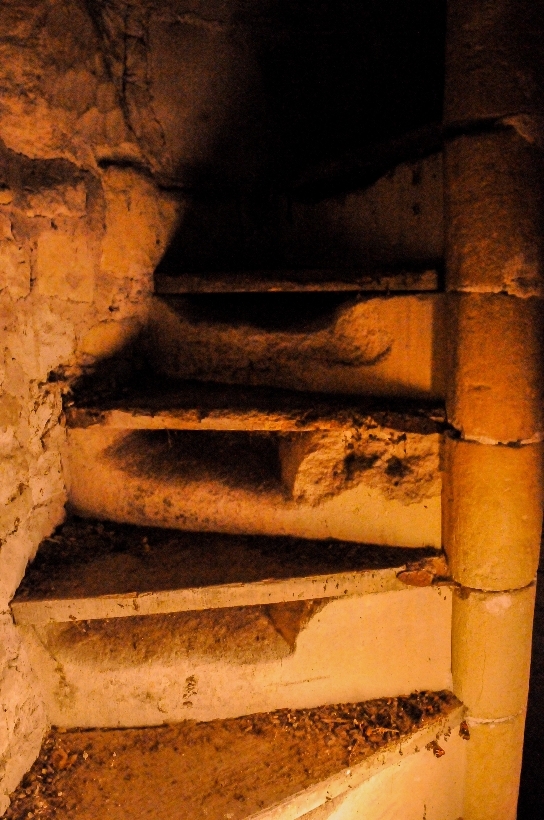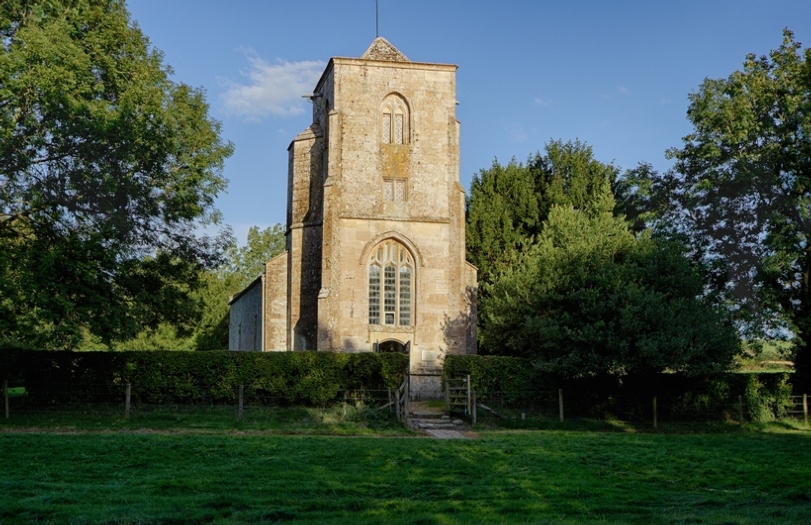A Tower of Curiosities at Alton Priors
All Saints' in Alton Priors is an historic church in a beautiful part of Wiltshire. It contains some interesting graffiti on the exterior with some potential Civil War scarring also visible. The interior, regrettably heavily restored, shows some evidence of marks underneath the lime wash. The tower, out of reach of restoration brought forth some wonderful examples of period graffiti.
Amor is a well-known Wiltshire name and this deeply incised piece in the bell-tower memorialises this particular Amor.

Immediately adjacent to this is multi-period graffiti. In addition to initials, butterfly and Marian symbols are also present around the entrance, warding off evil spirits.

Mason’s marks are well represented at All Saints with the “Z” style mark visible on the interior and exterior walls. The angular variations are interesting in that they are constructed using tools and geometry a mason would use daily. The marks attributed work to a specific mason ensuring quality control and payment. Of particular interest here is the final image with the arc flourish.

Of interest was the extraordinary wear on the upper steps above the belfry. This heavy traffic was incongruent with purpose - there is no apparent reason the use this area. It has been suggested that hobnail boots worn by soldiers contributed to the wear during the Civil War.

____________________________________________________________________
This information was provided by the Wiltshire Medieval Graffiti Survey (WMGS). In late 2015, this group began recording graffiti in churches under the care of the Churches Conservation Trust in Wiltshire. Their work has involved fortnightly visits by a dedicated team, where local people are invited to take part and gain an alternative view of the fabric of their church.
The variety of historic graffiti has been immense from personal initials, often with a date, to enigmatic symbolism that has its roots in protection of a sacred space.
To record the inscriptions, a multi-LED torch was used at a sharp, oblique angle in order to emphasise shadowing of the incision, often referred to as a “raking light”. The result can “reverse” the incision into a positive relief rather than negative, making for easier interpretation.
Further detail can be captured using Photogrammetry and Reflectance Transformation Imaging (R.T.I).
Each image taken is referenced on a photo log sheet detailing the surveyors, a brief description and the all important photo frame number.
The group's work has been submitted to the Historic Environment Record. It has been submitted in a standardised form to ensure consistency in reporting. The advantages of this include access to, and correlation of material on a national level will enhance understanding across the country not just on a county level.

